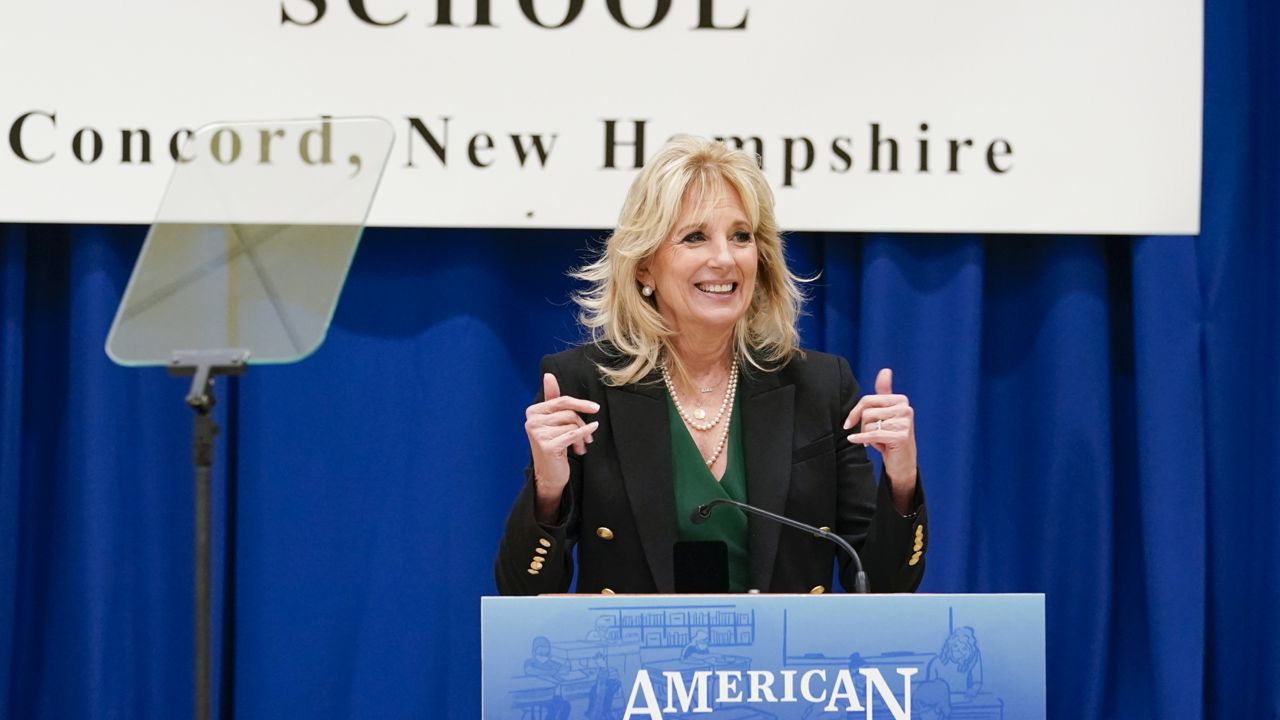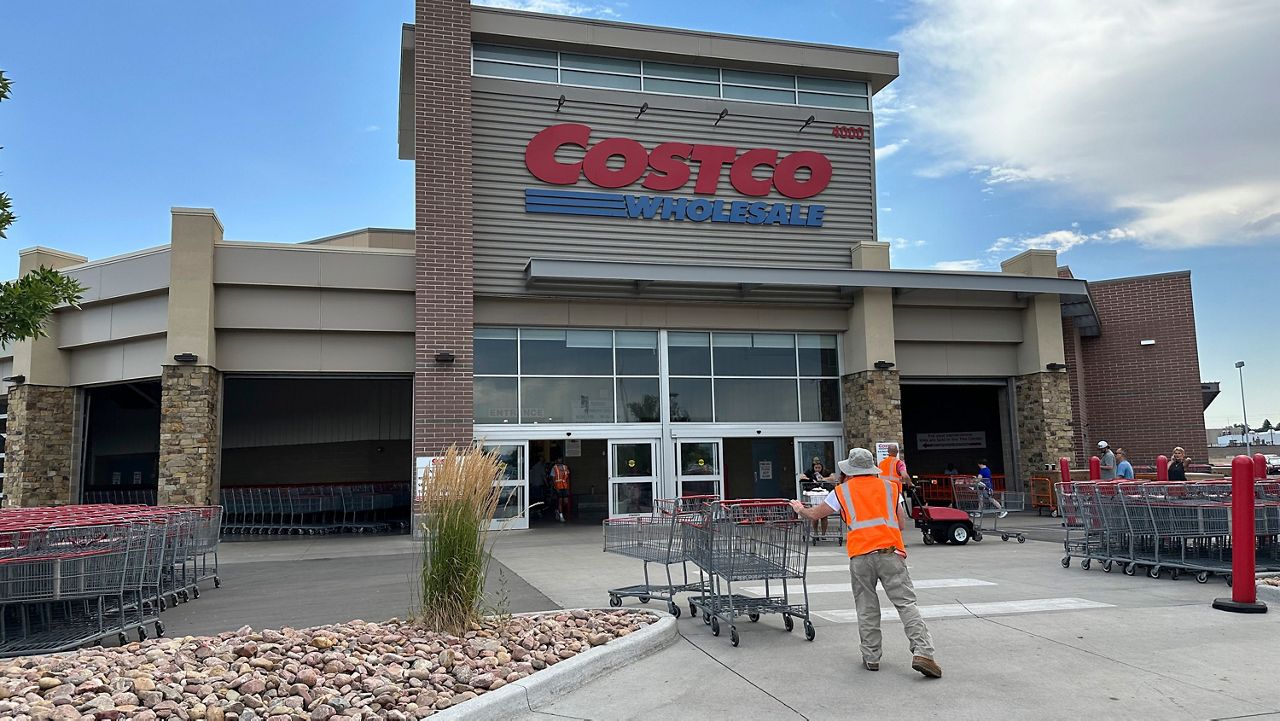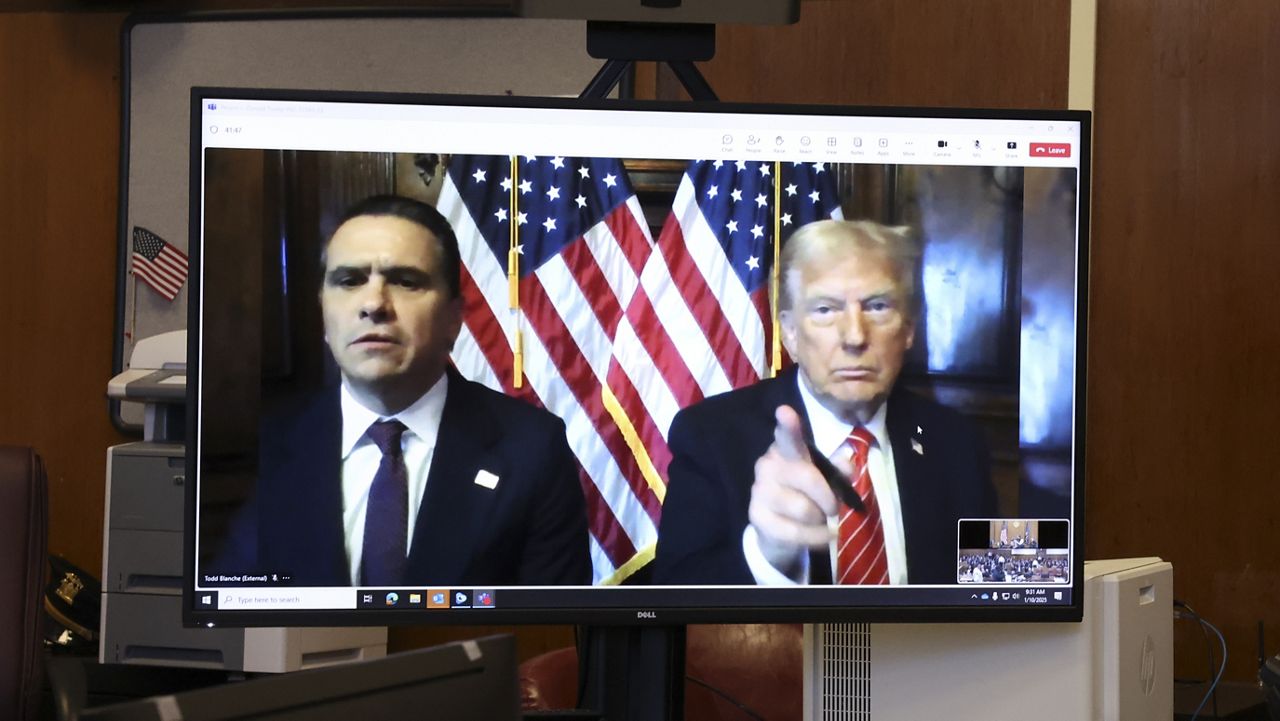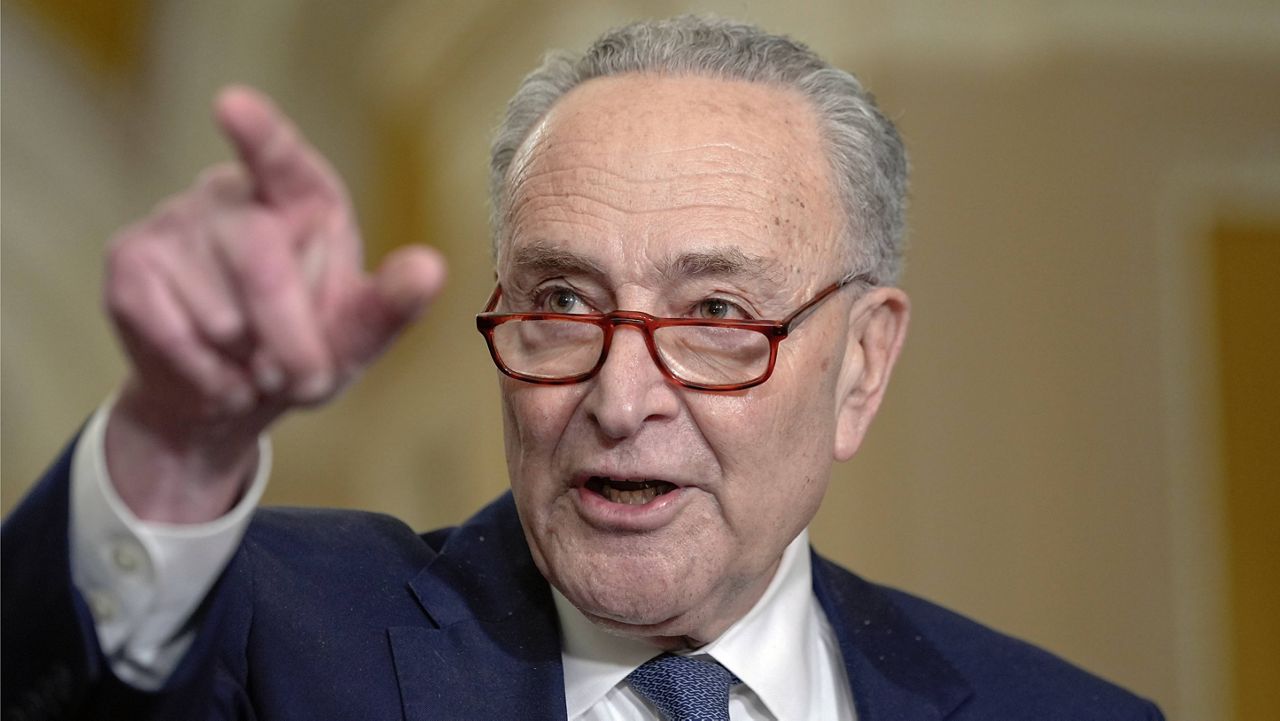The Department of Education hosted a "National Safe School Reopening Summit" on Wednesday, virtually convening district leaders, educators, and students to share knowledge on how best to go back to in-person learning amid the ongoing coronavirus pandemic.
First Lady Dr. Jill Biden, herself an English teacher at Northern Virginia Community College, opened the event, promising that her husband’s administration will be a trusted partner for educators across the country.
“My husband made a commitment to you: that we would be open and honest about the opportunities and challenges of reopening schools for in-person learning,” the first lady began. “Which is why today is just the beginning.”
“We’re always going to work with you,” she added. “We’re going to be transparent with you, and we’re going to earn your trust. Just like you do with your students every day.”
Dr. Biden also stressed the need to protect educators and students who go back to in-person learning by implementing proper mitigation strategies, which will include social-distancing, proper mask-wearing, and a continued focus on hygiene.
The recently-passed American Rescue Plan contains around $120 billion for K-12 schools to reopen, with $10 billion to fund COVID-19 testing programs for schools across the country.
“Classrooms are where our work comes alive, they are where we can truly connect with our students, where we build community,” the first lady said. “But we have to go back safely. When we passed the American Rescue Plan, we took an enormous step toward that goal. And today, we are going to come together to share solutions for schools across this country. We’re here to listen, and learn, from you.”
President Joe Biden has long promised to open as many K-8 schools as possible by the end of his first 100 days in office. Last Friday, the CDC released new guidance saying students can safely sit just 3 feet apart in the classroom as long as they wear masks. The revised recommendations cut the previous 6-foot standard by half, a number the agency had recommended since early in the pandemic.
The original 6-foot guidance posed a problem for many districts, CDC director Rochelle Walensky acknowledged Wednesday, particularly at schools with limited space to allow for proper distancing. Wallsenky praised CDC scientists for “actively reviewing science” in an effort to quicken the transition to school learning, saying a number of studies supported the agency’s updated guidelines.
“We believe these updated recommendations are another important step to getting our children back to in person learning,” Walesnky said Wednesday.
But the administration recognizes that there will not be a one-size-fits all approach for school reopenings, and mitigation strategies will differ based on the age of students, school population, and community demographics.
Wednesday’s summit aimed to address some of these concerns by hearing success stories from various communities who have begun to reopen schools.
Eric Gordon, CEO of the Cleveland Metropolitan School District, stressed “understanding that we have long standing health disparities” that existed in the community before the pandemic was key to devising mitigation strategies that would protect students and school workers.
The Cleveland school district serves a majority minority community; 64% of students are Black, 16% are Hispanic or Latino, and a little over 19% of students are classified as White or Other, per the district website.
“Many of our families and caregivers are frontline workers, working in the healthcare system, which is large in our community, and restaurants, and cleaning -- things that put them at higher risk,” Gordon said, which led the district to adopt a “cautious reopening” approach.
Cleveland’s school district adopted a multi-pronged approach before reopening schools, which Gordon said included not only outfitting the buildings with proper PPE and ventilation, but also “investing in some of the extras that maybe weren’t absolutely necessary for physical safety, but sent signals of emotional safety as well.” These strategies included video-taping the process of preparing the schools to build confidence within the community, increasing messaging to parents and students about appropriate mitigation strategies, and hosting virtual walk-throughs for concerned parents.
Another school district whose pandemic preparations were highlighted during Wednesday’s event was New York City, which became the first major school district to partially reopen to students last fall.
Meisha Porter, chancellor New York City’s Department of Education, said school reopenings were only possible because of an extraordinary partnership between government agencies, parents, students, teachers, and community leaders.
“We came together, leveraged our areas of expertise, and reimagined our schools from top to bottom,” Porter said, later adding: “We made it a priority to focus on health and safety. And we've really used a multi-layered approach to safety. There's not just one thing that makes our schools states, it's a number of different measures.”
Those measures include universal mask-wearing, enforcing proper hygiene techniques, and updating ventilation systems where necessary, Porter said.








